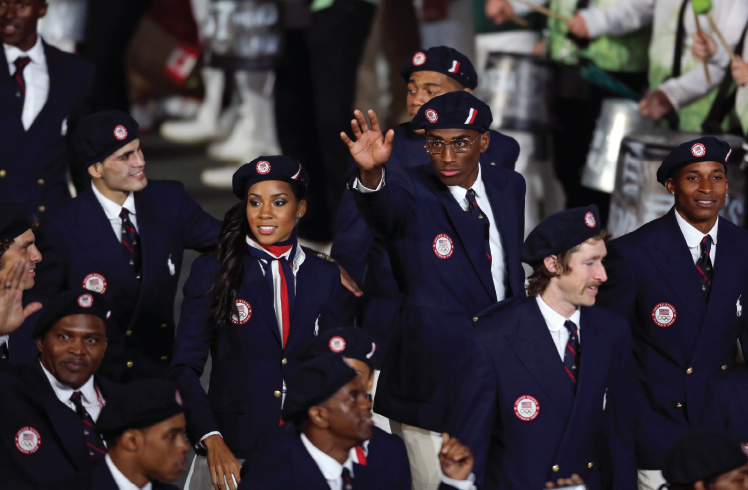Public Relations during a Crisis
“Managing the outrage is more important than managing the hazard.”
THOMAS BUCKMASTER, HILL & KNOWLTON, 1997
Since the Ludlow strike, one important duty of PR is helping a corporation handle a public crisis or tragedy, especially if the public assumes the company is at fault. Disaster management may reveal the best and the worst attributes of the company and its PR firm. Let’s look at several significant examples of crisis management and the different ways they were handled.
One of the largest environmental disasters of the twentieth century occurred when, in 1989, the Exxon Valdez spilled eleven million gallons of crude oil into Prince William Sound, contaminating fifteen hundred miles of Alaskan coastline and killing countless birds, otters, seals, and fish. In one of the biggest PR blunders of that century, Exxon was slow to react to the crisis and even slower to accept responsibility. Although its PR advisers had encouraged a quick response, the corporation failed to send any of its chief officers immediately to the site. Many critics believed that Exxon was trying to duck responsibility by laying the burden of the crisis on the shoulders of the tanker’s captain. Despite changing the name of the tanker to Mediterranean and other image-salvaging strategies, the company’s outlay of $2 billion to clean up both its image and the spill was not a success.
“BP is going to be first and foremost in people’s minds when it comes to poor crisis planning and response. They’ve surpassed Exxon.”
TIMOTHY SELLNOW, COMMUNICATIONS PROFESSOR AT UNIVERSITY OF KENTUCKY, EXPERT ON CRISIS COMMUNICATION, 2010
The Exxon Valdez story became the benchmark against which the 2010 BP oil well disaster was measured, and the BP case was clearly worse. BP’s Deepwater Horizon oil rig exploded on April 10, 2010, killing eleven workers. The oil gushed from the ocean floor for months, spreading into a vast area of the Gulf of Mexico, killing wildlife, and washing tar balls onto beaches. Although the company, formerly British Petroleum, officially changed its name to BP in 2001, adopting the motto “Beyond Petroleum” and a sunny new yellow and green logo in an effort to appear more “green-friendly,” the disaster linked the company back to the hazards of its main business in oil. BP’s many public relations missteps included its multiple underestimations of the amount of oil leaking, the chairman’s reference to the “small people” of the Gulf region, the CEO’s wish that he could “get his life back,” and his attendance at an elite yacht race in England even as the oil leak persisted. In short, many people felt that BP failed to show enough remorse or compassion for the affected people and wildlife. BP tried to salvage its reputation by establishing a $20 billion fund to reimburse those economically affected by the spill, vowing to clean up the damaged areas, and creating a campaign of TV commercials to communicate its efforts. Nevertheless, harsh criticism persisted, and BP’s ads were overwhelmed by online parodies and satires of its efforts. Years later, entire communities of fishermen and rig workers continue to be affected, and BP made its first $1 billion payment for Gulf restoration projects.
A decidedly different approach was taken in the 1982 tragedy involving Tylenol pain-relief capsules. Seven people died in the Chicago area after someone tampered with several bottles and laced them with poison. Discussions between the parent company, Johnson & Johnson, and its PR representatives focused on whether or not withdrawing all Tylenol capsules from store shelves might send a signal that corporations could be intimidated by a single deranged person. Nevertheless, Johnson & Johnson’s chairman, James E. Burke, and the company’s PR agency, Burson-Marsteller, opted for full disclosure to the media and the immediate recall of the capsules nationally, costing the company an estimated $100 million and cutting its market share in half. As part of its PR strategy to overcome the negative publicity and to restore Tylenol’s market share, Burson-Marsteller tracked public opinion nightly through telephone surveys and organized satellite press conferences to debrief the news media. In addition, emergency phone lines were set up to take calls from consumers and health-care providers. When the company reintroduced Tylenol three months later, it did so with tamper-resistant bottles that were soon copied by almost every major drug manufacturer. Burson-Marsteller, which received PRSA awards for its handling of the crisis, found that the public thought Johnson & Johnson had responded admirably to the crisis and did not hold Tylenol responsible for the deaths. In fewer than three years, Tylenol recaptured its former (and dominant) share of the market.
